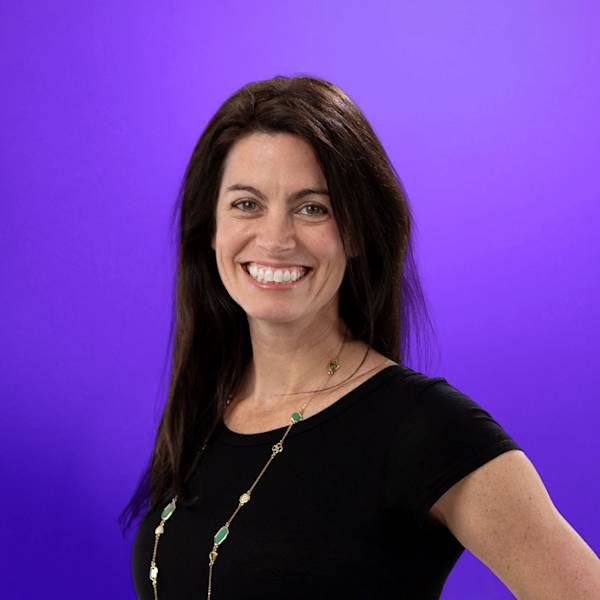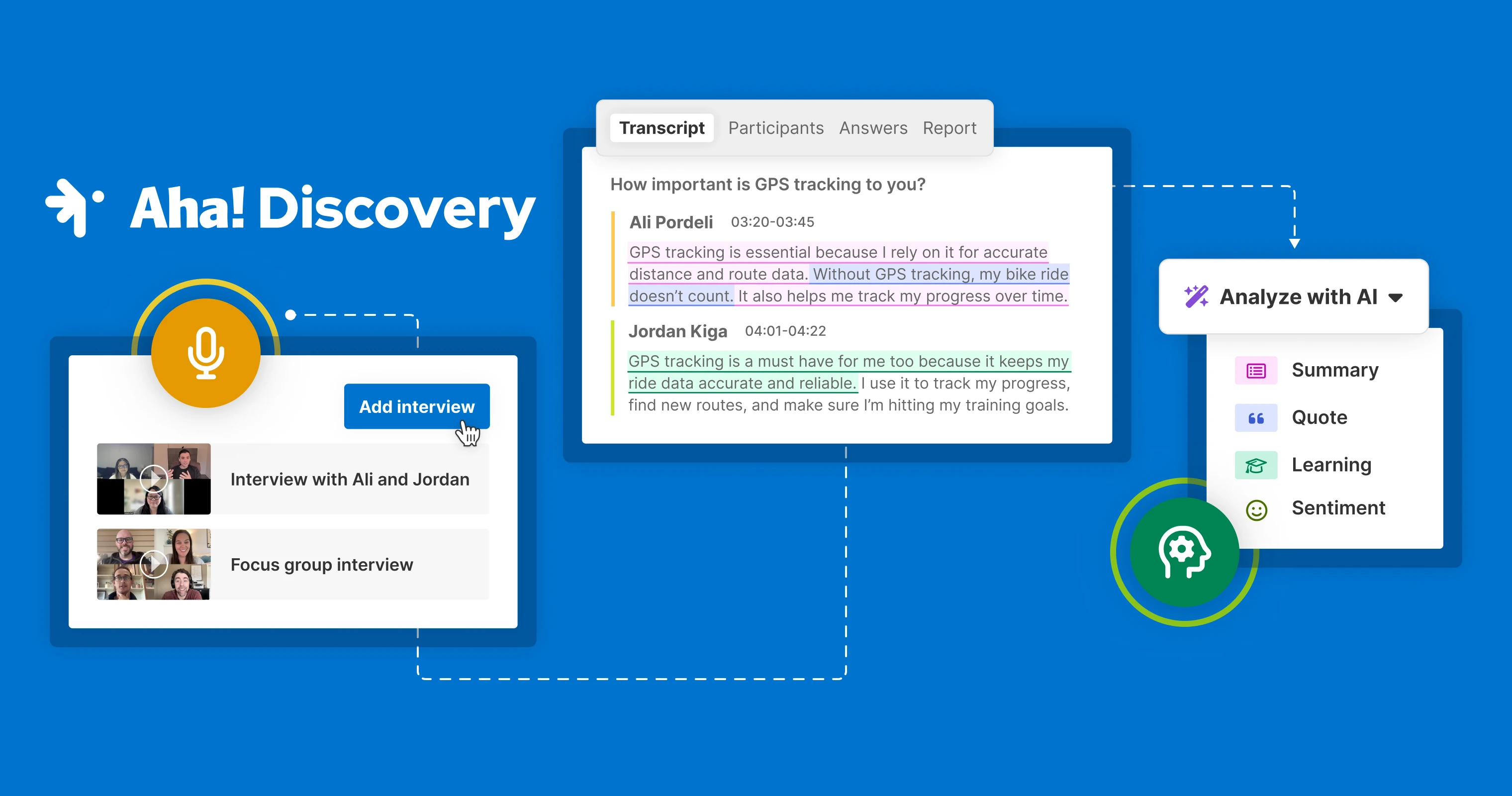
Photo by Marie Bohn Photography
The surprising ways teams do product discovery
Product discovery is misunderstood. Most teams see it as a best practice — a way to show you are customer-focused. You kick off research, share findings, and move on to what feels like the real work. But too often, these motions create activity without any substantive insight.
It is possible to do all the "right" discovery activities and still miss the truth.
This is one of the hardest parts of product discovery. You follow the process: hold the calls, take notes, run debriefs. It all seems productive. But the insights stay shallow in the end. You circle familiar themes, but never get to what is really beneath them.
Real discovery is doing the work to understand what is not being said.
Plenty of small habits get in the way. You might rush prep, talk to the wrong customers, or skim recordings instead of digging into the full story. These patterns show up even on strong teams — especially when discovery is treated like a standalone task that is not integrated into the full product development process.
And even if you do hold great interviews and take meaningful notes, the value can still get lost without a clear way to carry that learning forward. It is really easy for discovery to stall in the gap between learning and action.
The breakdown is rarely the result of one big mistake. It usually comes from a mix of smaller ones:
You forget to apply structure everywhere
You would never draft a roadmap in a Google Doc and expect everyone to stay aligned. So why run discovery that way? Treat research and interviews like any other product effort — use a consistent framework. Define what you want to learn, create shared templates, and document what you heard and why it matters.
Read next: Where discovery fits in the stages of product development
You talk to whoever will meet you
If the same five customers weigh in every time, you are doing it wrong. Discovery should be guided by learning goals and not availability. Build and maintain a research repository you can filter by customer segment, role, or product area. Anything else is just feedback roulette.
Discovery is not about doing more interviews. It is about doing better ones.
Read next: How to build a database for product discovery
You dread making sense of it all
Most discovery work falters before it begins. You skip prep, then waste time trying to make sense of vague notes. Instead, align with the team before you schedule a single call. Know who you are talking to, what questions you need to ask, and how you will capture learnings.
Read next: How to prepare for customer interviews
You emphasize 'fast'
A one-line answer is not an insight. It is in the follow-up where real learning happens. So ask again. Rephrase what you heard. Sit in the silence. Review transcripts later to catch what you missed. If it sounds clean the first time, you probably need to go deeper.
Read next: How to analyze user interviews
You do not act on learnings
When discovery lives in Slack threads and scattered docs, it is invisible. You cannot influence strategy if your findings are disconnected. Centralize the work — interviews, themes, decisions — in one place. The impact comes from being able to link your findings as evidence to support your plans.
Read next: How discovery work influences the roadmap
The goal of discovery is not to capture feedback. It is to shape what you build.
Discovery work only drives real change when it is built into how the team operates. We created Aha! Discovery to make that possible — giving you one place to manage interviews, spot patterns, and connect what you learn to product decisions. This is how you build what people actually need. And it is how you stay relevant in a product landscape that is only getting noisier.
Aha! Discovery is the new way to manage customer interviews. Start a trial — free for 30 days.




